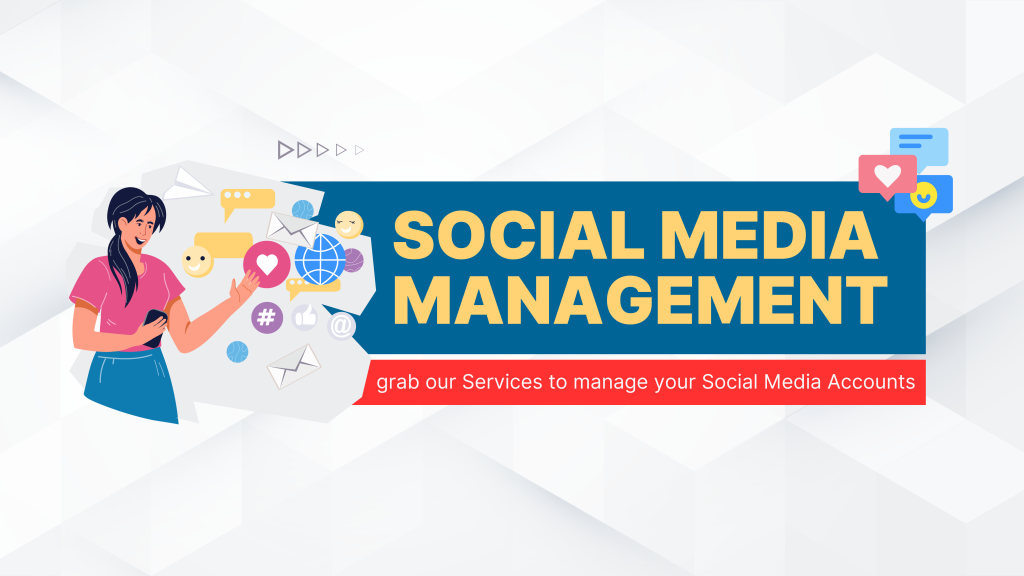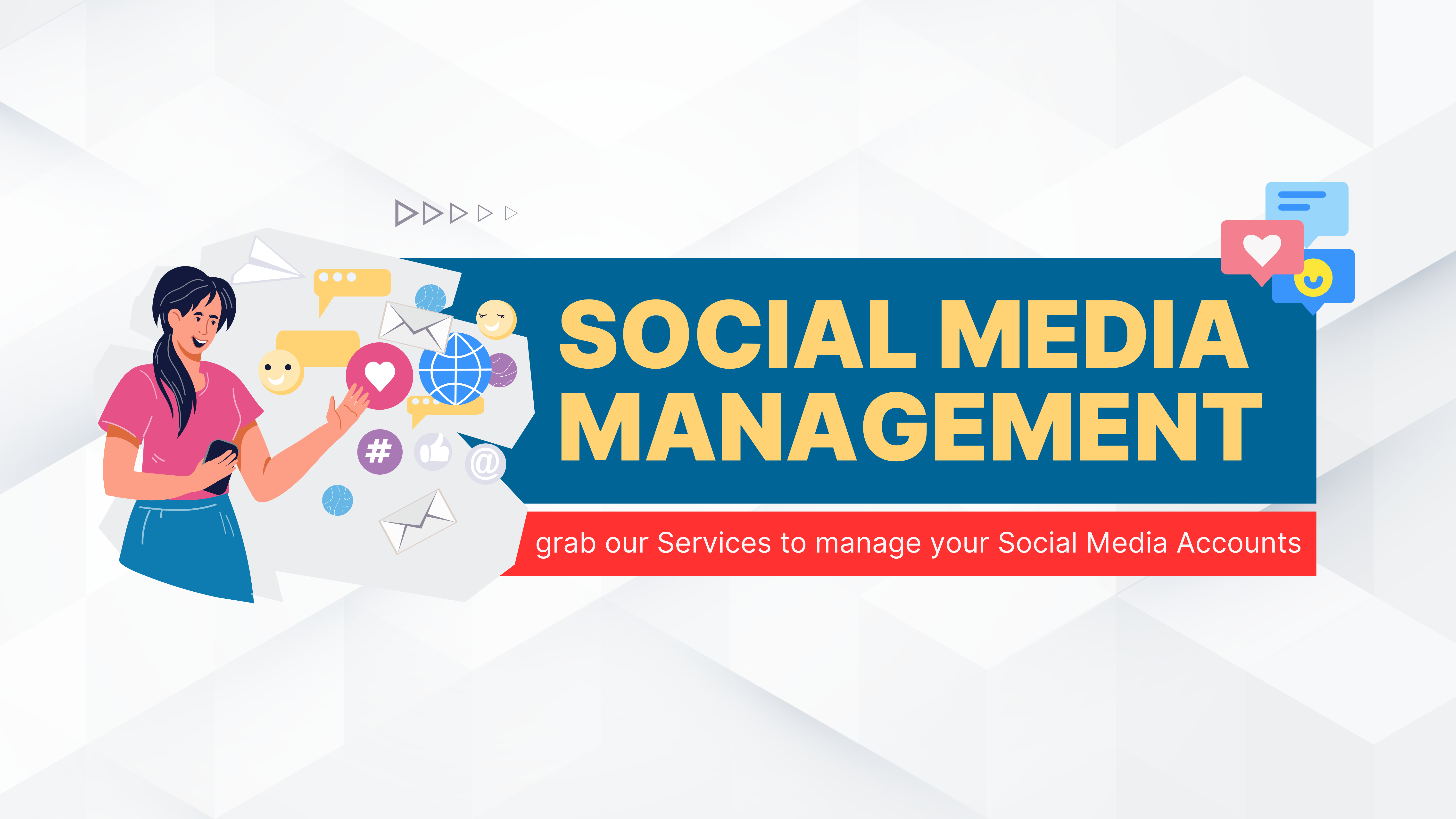The Ultimate Guide to Social Media Management in 2025

In today’s digital landscape, social media management is more than just posting content; it’s about creating meaningful connections, building brand loyalty, and driving business growth. With billions of users across platforms like Facebook, Instagram, Twitter, LinkedIn, TikTok, and YouTube, businesses cannot afford to overlook the power of social media. In this blog post, we’ll dive deep into what social media management is, why it’s crucial, and how you can leverage it to boost your brand’s online presence in 2025.
What is Social Media Management?
Social media management involves creating, scheduling, analyzing, and engaging with content posted on social media platforms. It’s about strategically using these platforms to reach your target audience, build relationships, and achieve your business goals. Effective management combines content creation, community management, paid advertising, and data analysis.
Why is Social Media Management Important for Businesses?
- Builds Brand Awareness: Consistent and valuable content helps you stay top-of-mind with your audience.
- Boosts Customer Engagement: Regular interaction through comments, likes, and direct messages fosters customer relationships.
- Increases Website Traffic: Sharing blog posts and promotional content drives users to your site.
- Enhances Customer Trust: Authentic engagement builds credibility and trust.
- Generates Leads and Sales: Strategic content and ads convert followers into customers.
Key Components of Social Media Management
1. Social Media Strategy Development
A well-defined strategy is the foundation of successful social media management. It should include:
- Target Audience: Define your audience’s demographics, interests, and pain points.
- Platform Selection: Focus on platforms that align with your audience’s preferences.
- Content Pillars: Choose themes like educational, inspirational, promotional, and entertaining content.
- Goals and KPIs: Set measurable goals such as increasing followers, engagement, or website traffic.
2. Content Creation and Curation
Creating valuable and shareable content is crucial. Use a mix of:
- Images and Videos: Visual content generates higher engagement.
- Infographics: Simplifies complex information.
- User-Generated Content: Builds trust and authenticity.
- Blog Post Links: Drives traffic to your website.
3. Scheduling and Publishing
Consistency is key. Tools like Buffer, Hootsuite, and Sprout Social help schedule posts at optimal times for maximum reach.
- Best Times to Post:
- Instagram: Wednesdays at 11 AM
- Facebook: Tuesdays and Thursdays at 9 AM
- LinkedIn: Wednesdays at 9-10 AM
- Frequency: Maintain a balance—avoid both spamming and inactivity.
4. Community Management
Engaging with followers by responding to comments, direct messages, and mentions creates a loyal community.
- Respond Promptly: Aim for a response time of under 24 hours.
- Handle Negative Feedback: Address complaints professionally to prevent escalation.
5. Social Media Advertising
Paid advertising helps reach a larger audience quickly. Popular ad formats include:
- Facebook Ads: Best for broad demographics.
- Instagram Ads: Effective for visual and influencer-driven campaigns.
- LinkedIn Ads: Ideal for B2B marketing.
- TikTok Ads: Perfect for targeting Gen Z and millennials.
6. Analytics and Reporting
Analyzing performance helps refine strategies. Key metrics include:
- Reach: Number of unique users who see your content.
- Engagement Rate: Likes, comments, and shares divided by followers.
- Conversion Rate: Percentage of users who take desired actions.
- ROI: Return on investment for paid ads and campaigns.
Use tools like Google Analytics, Facebook Insights, and Sprout Social for comprehensive reporting.
Top Social Media Management Tools in 2025
- Hootsuite: Comprehensive scheduling and analytics.
- Buffer: User-friendly and budget-friendly for small businesses.
- Sprout Social: Best for analytics and customer relationship management.
- Canva: For creating stunning visuals and infographics.
- Later: Focuses on Instagram and visual scheduling.
Best Practices for Effective Social Media Management
- Consistency: Maintain a regular posting schedule.
- Visual Content: Use images, videos, and infographics to capture attention.
- User-Centric Approach: Focus on providing value to your audience.
- Leverage Trends: Use trending hashtags and challenges.
- Cross-Promotion: Share content across multiple platforms for broader reach.
Common Mistakes to Avoid
- Inconsistent Branding: Maintain a uniform tone and style.
- Ignoring Analytics: Regularly review performance metrics.
- Over-Promotion: Maintain a balance of educational and promotional content.
- No Engagement: Failing to respond to comments or messages can hurt credibility.
Case Study: How XYZ Brand Increased Sales by 150% with Social Media Management
- Platform: Instagram and Facebook
- Strategy: Consistent posts, influencer collaborations, and targeted ads.
- Results:
- Followers: +20,000 in 6 months
- Sales Increase: 150% growth
- ROI: 300% return on ad spend (ROAS)
Conclusion: Invest in Professional Social Media Management
Effective social media management is an ongoing process that requires strategic planning, creative content, and continuous optimization. By leveraging the right tools, platforms, and strategies, businesses can significantly enhance their online presence, engage customers, and drive sales.
Ready to elevate your brand’s social media game? Let’s start today!

